No products in the cart.
Sale
Exendin(9-39) amide acetate | CAS 2051593-46-3 | GLP-1 Receptor Antagonist for Postbariatric Hypoglycemia Research
Original price was: $37.00.$28.00Current price is: $28.00.
Exendin(9-39) amide acetate (Avexitide) is a potent GLP-1 receptor antagonist that competitively inhibits endogenous GLP-1 signaling. It is widely used in postbariatric hypoglycemia (PBH) research to study metabolic regulation and pancreatic beta-cell responses.
Description
Product Description
Exendin(9-39) amide acetate is a synthetic peptide derived from the native exendin-4 sequence, designed as a selective glucagon-like peptide-1 (GLP-1) receptor antagonist. It competitively binds to GLP-1R, thereby inhibiting the effects of endogenous GLP-1, which is a key incretin hormone regulating insulin secretion and glucose homeostasis.
Originally developed to address hyperinsulinemic conditions such as postbariatric hypoglycemia (PBH), Exendin(9-39) amide acetate has become a critical tool in research exploring GLP-1 physiology, pancreatic beta-cell function, and glucose metabolism in both clinical and experimental models.
Molecular Features
Exendin(9-39) is a truncated derivative of exendin-4, lacking the first eight N-terminal amino acids, which are crucial for agonist activity. This truncation converts the peptide from a GLP-1R agonist to a competitive antagonist, capable of binding the receptor without activating downstream signaling. The acetate salt form improves stability and solubility for in vitro and in vivo applications.
Its amino acid sequence preserves receptor-binding affinity while abolishing insulinotropic activity, making it ideal for studying GLP-1R-specific effects independently of confounding agonist-mediated insulin release.
Biological Significance
GLP-1 is secreted by enteroendocrine L-cells in response to nutrient intake and plays a pivotal role in:
Enhancing glucose-dependent insulin secretion
Suppressing glucagon secretion
Delaying gastric emptying
Promoting satiety
Exendin(9-39) amide acetate selectively blocks these pathways, allowing researchers to delineate the physiological and pathophysiological roles of GLP-1, particularly in postbariatric patients who may experience exaggerated GLP-1 responses leading to hypoglycemia.
Applications in PBH Research
Postbariatric hypoglycemia is characterized by rapid glucose excursions and subsequent hyperinsulinemic hypoglycemia, primarily driven by excessive GLP-1 secretion after gastric bypass surgery. Exendin(9-39) amide acetate enables:
Investigation of GLP-1-mediated insulin release kinetics
Determination of beta-cell responsiveness under elevated incretin conditions
Evaluation of therapeutic strategies that mitigate postprandial hypoglycemia
Mechanistic studies on glucose homeostasis post-bariatric surgery
Metabolic Research Utility
Beyond PBH, Exendin(9-39) serves as a critical probe for:
GLP-1 receptor-dependent insulinotropic and glucagonostatic pathways
Pancreatic islet function and beta-cell signaling studies
Nutrient-induced incretin regulation and enteroinsular axis modeling
Therapeutic target validation for diabetes and metabolic disorders
Its precise receptor selectivity allows experimental separation of GLP-1R-mediated effects from other incretins or paracrine factors, providing clarity in complex metabolic studies.
Experimental Handling
Exendin(9-39) amide acetate is supplied as a lyophilized powder, soluble in water or PBS for cell culture and in vivo studies. Standard laboratory precautions apply:
Avoid repeated freeze-thaw cycles
Store at −20 °C, protected from light and moisture
Prepare working solutions fresh to maintain bioactivity
Product Specifications
| Parameter | Specification |
|---|---|
| Product Name | Exendin(9-39) amide acetate |
| CAS Number | 2051593-46-3 |
| Synonyms | Avexitide, Exendin (9-39) acetate, GLP-1R antagonist peptide |
| Molecular Formula | C₁₇₃H₂₇₁N₄₇O₅₁ |
| Molecular Weight | 4113.0 g/mol |
| Purity | ≥99% |
| Appearance | White to off-white lyophilized powder |
| Solubility | Soluble in water, PBS, DMSO |
| Storage Conditions | −20 °C, desiccated, protected from light |
| Applications | GLP-1R antagonism, postbariatric hypoglycemia research, beta-cell regulation, metabolic signaling studies |
Mechanism of Action
Exendin(9-39) amide acetate functions primarily as a competitive GLP-1 receptor antagonist:
1. Competitive Receptor Binding
Exendin(9-39) binds to GLP-1R with high affinity but lacks the N-terminal residues required for receptor activation. This prevents endogenous GLP-1 from initiating downstream signaling, including:
cAMP generation
PKA activation
Ca²⁺-dependent insulin exocytosis
2. Modulation of Beta-Cell Activity
By blocking GLP-1R, Exendin(9-39) reduces glucose-dependent insulin secretion, particularly in cells exposed to exaggerated GLP-1 levels post-bariatric surgery. This allows researchers to investigate intrinsic beta-cell function independently of GLP-1-mediated enhancement.
3. Glucagon and Glucose Regulation
GLP-1 normally suppresses glucagon secretion; Exendin(9-39) restores glucagon release in situations of excessive GLP-1, providing a model for studying counter-regulatory mechanisms in hypoglycemia.
4. Postbariatric Hypoglycemia Modeling
In PBH research, administration of Exendin(9-39) enables:
Measurement of the difference in glucose and insulin excursions with and without GLP-1R inhibition
Analysis of insulin secretory patterns in response to oral glucose or mixed meals
Evaluation of therapeutic hyperglycemia-mitigating strategies
5. Integration in Metabolic Studies
Exendin(9-39) is used to clarify the contribution of GLP-1R in:
Nutrient sensing
Enteroinsular axis modulation
Beta-cell proliferation and survival
GLP-1-based incretin therapy responses
Its highly selective antagonism makes it an invaluable tool for dissecting GLP-1R-specific pathways in complex metabolic systems.

Side Effects
In experimental research, Exendin(9-39) exhibits predictable, low toxicity at standard concentrations. Observed effects include:
Mild reduction in insulin secretion in glucose-challenged cells or animals
Temporary hyperglycemia when administered in vivo under high GLP-1 conditions
No mutagenic or genotoxic effects in standard laboratory assays
Exendin(9-39) is not intended for human or veterinary use; all experiments should follow biosafety protocols for peptide handling.
Keywords
Exendin(9-39) amide acetate, Avexitide, GLP-1 receptor antagonist, postbariatric hypoglycemia research, beta-cell modulation, metabolic regulation, glucose homeostasis, incretin signaling, GLP-1R inhibition, hyperinsulinemia model
Shipping Guarantee
All shipments are handled using validated cold-chain logistics to preserve peptide integrity. Each package is sealed in moisture-proof containers with secondary protective wrapping and continuous temperature monitoring. Products are shipped via express international couriers with full tracking and insurance coverage.
Trade Assurance
We ensure Exendin(9-39) amide acetate product authenticity, verified ≥99% purity, and compliance with analytical standards (HPLC, MS, and NMR). Each batch is supplied with a Certificate of Analysis (CoA). Our trade assurance policy guarantees replacement or refund for any deviation from listed specifications.
Payment Support
We provide flexible and secure global payment options to support international research transactions. Accepted payment methods include PayPal, major credit cards (Visa, MasterCard, American Express), telegraphic transfer (T/T), and cryptocurrencies (USDT, Bitcoin, Ethereum). All transactions are protected by industry-standard encryption and verified payment gateways to ensure confidentiality and fund security.
Disclaimer
Exendin(9-39) amide acetate products listed are intended for laboratory research use only and not for human or veterinary use. They are not drugs, medical devices, or diagnostics and should not be administered to humans or animals. Researchers must handle all materials in accordance with institutional biosafety and chemical safety guidelines. The information provided is for scientific reference only and does not imply therapeutic efficacy, safety, or regulatory approval.
Additional information
| Weight | 0.9 kg |
|---|---|
| Dimensions | 53 × 42 × 53 cm |
What is Exendin(9-39) amide acetate?
A selective GLP-1 receptor antagonist used in postbariatric hypoglycemia and metabolic research.
What is the CAS number?
CAS 2051593-46-3.
How does it work?
Competitively binds GLP-1R, blocking endogenous GLP-1-mediated signaling and insulin secretion.
What is the purity?
≥99% verified.
What are its main applications?
Postbariatric hypoglycemia research, beta-cell function studies, metabolic signaling, and incretin pathway investigation.
Is it toxic?
Low inherent toxicity; effects are primarily through GLP-1R antagonism.
How should it be stored?
Store at −20 °C, dry and protected from light.
Is it soluble in aqueous solutions?
Yes, soluble in water, PBS, and DMSO.
Can it be used therapeutically?
No, strictly for laboratory research use only.
Is analytical documentation available?
Yes, each batch comes with a Certificate of Analysis confirming identity and purity.

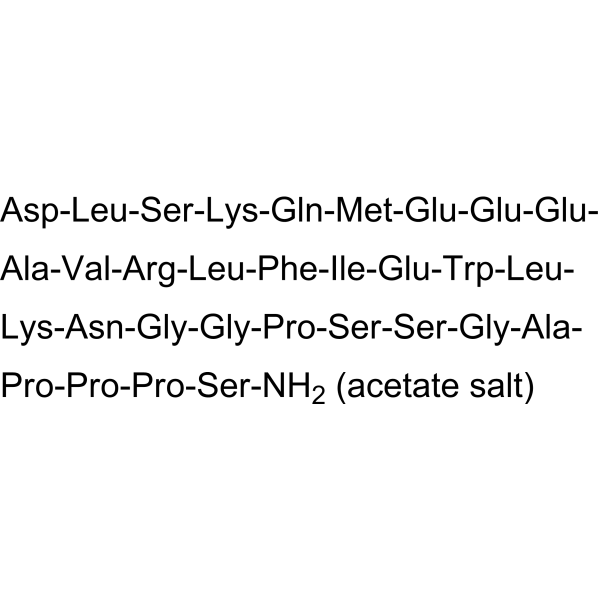


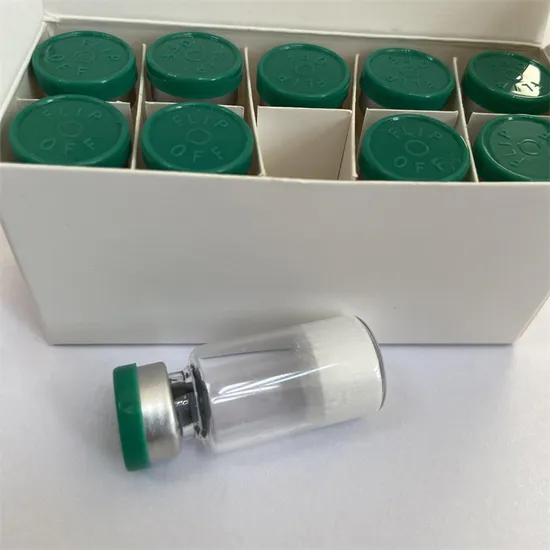
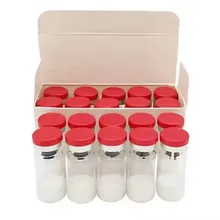
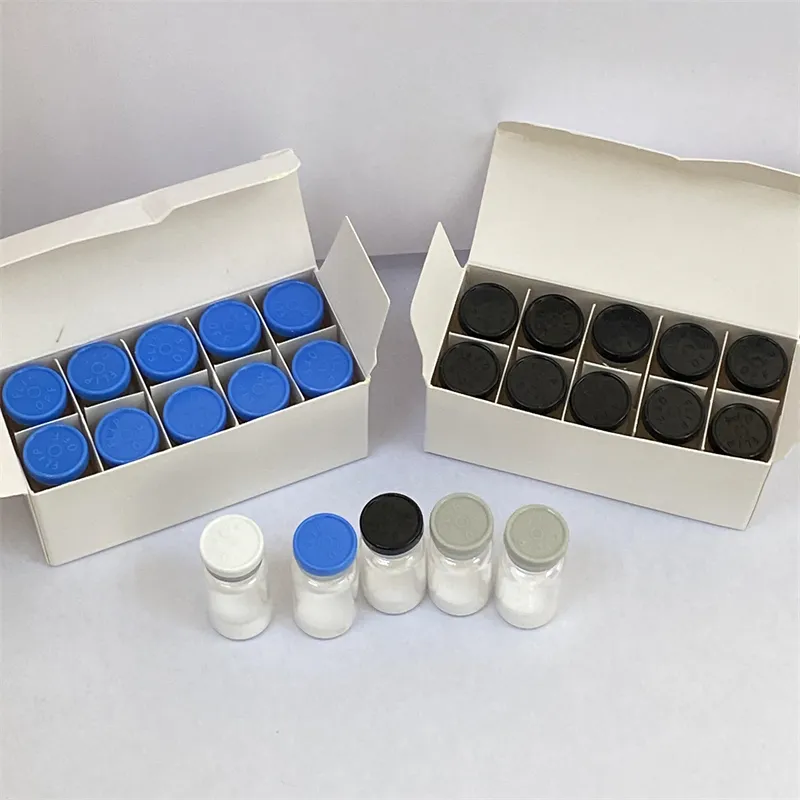
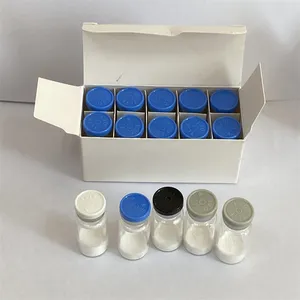

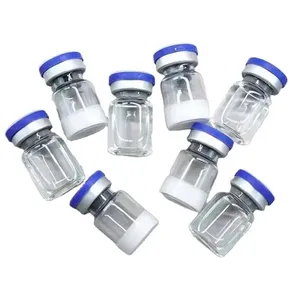
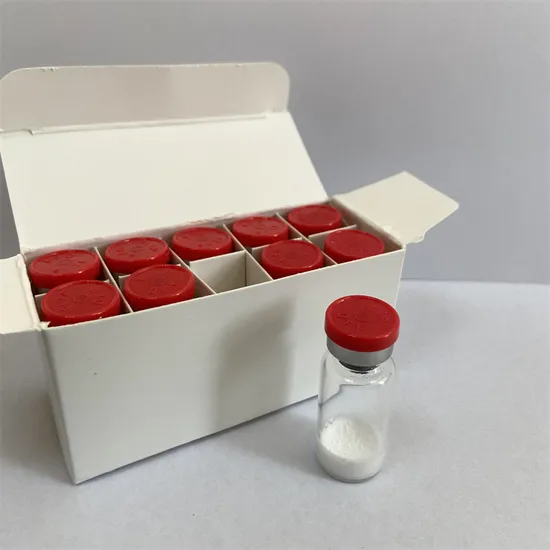
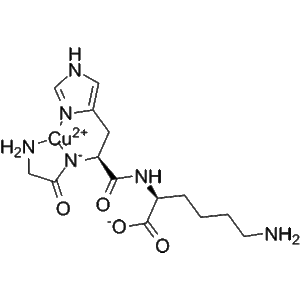
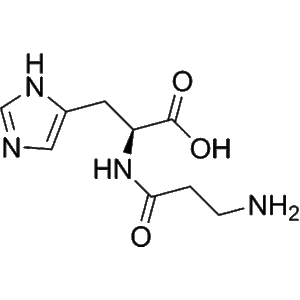
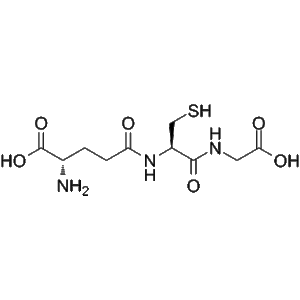
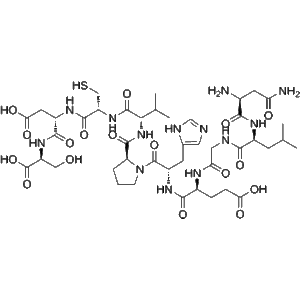
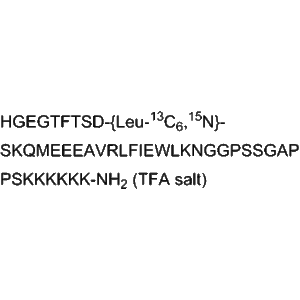
Reviews
There are no reviews yet.